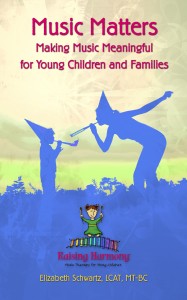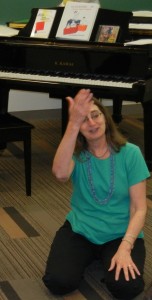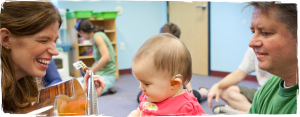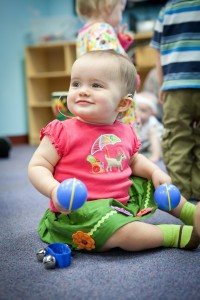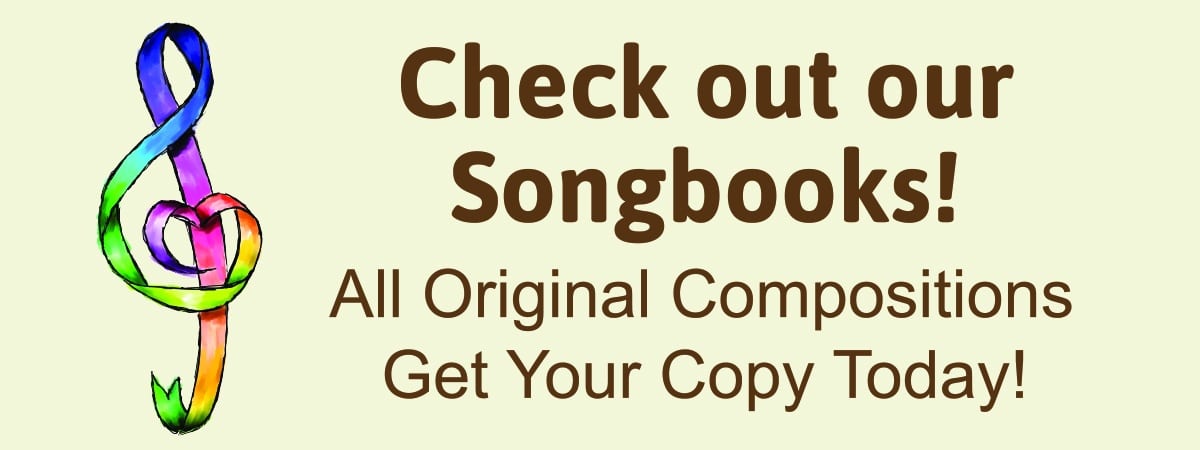Hurry and get your Valentine’s gift from Raising Harmony!
This brand new e-book with over 30 blogs on music and early childhood is FREE with your Early Bird registration for the March 2014 Sprouting Melodies Training Course. Everything from using minor keys and modes to the ‘do’s and don’ts’ in early childhood settings are covered in this inspirational yet practical book.
